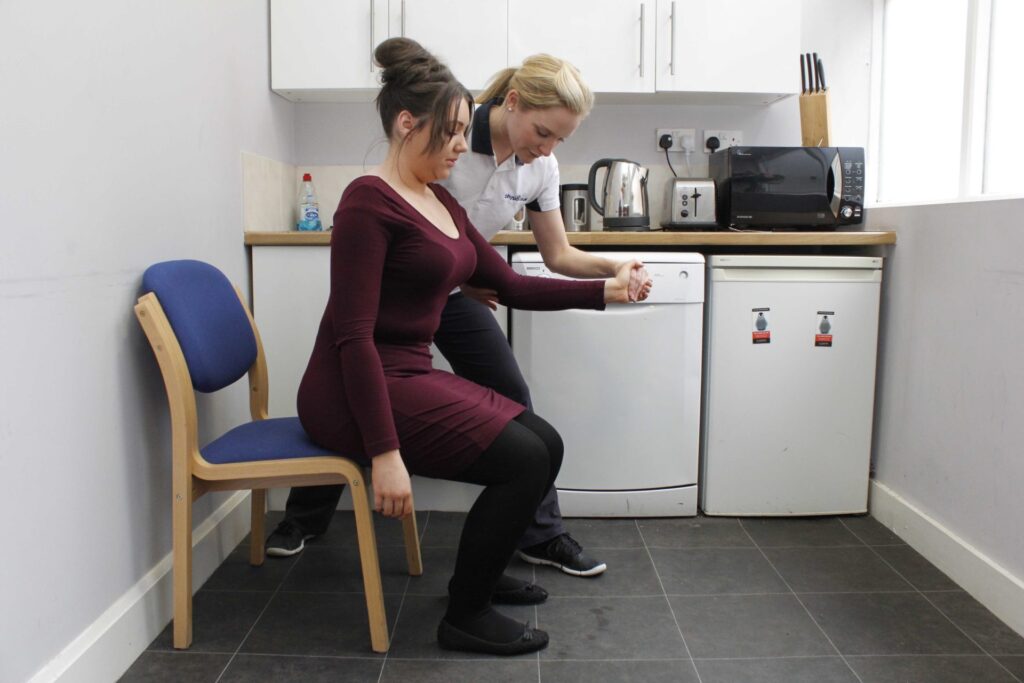The Bobath approach, also known as Neurodevelopmental Treatment (NDT) is widely used for cerebral palsy and stroke rehabilitation, but it’s not supported by good evidence.

In the US, the Bobath Concept is known as Neurodevelopmental Treatment (NDT). Patients with cerebral palsy, stroke, and other central nervous system pathology have dysfunction in posture and movement resulting in limitations of functional activity. The Bobath approach is individualized and continues to evolve. It is based on the brain’s neuroplasticity and is multidisciplinary, involving physical therapy, occupational therapy, and speech and language therapy.
Cerebral palsy
A 2013 systematic review of systematic reviews concluded “Consequently, there are no circumstances where any of the aims of NDT could not be achieved by a more effective treatment. Thus, on the grounds of wanting to do the best for children with CP, it is hard to rationalize a continued place for traditional NDT within clinical care”. They consequently recommended “ceasing provision of the ever-popular NDT”.
A systematic review in 2019 found:
…the effects of neurodevelopmental treatment for children with cerebral palsy are still uncertain. Further studies are required to assess the efficacy and safety of neurodevelopmental treatment for this purpose and until there, current evidence do not support its routinely use in practice.
Small studies have supported it. A small study in 2020 found the Bobath technique more effective than conventional therapy for treatment of cerebral palsy. A small study in 2022 found a correlation between trunk control and oral motor functions in children with CP, with improvement of feeding and swallowing activities.
A protocol for a Cochrane review published in 2015 was developed because “there is no evidence that NDT can promote functional improvement of children with cerebral palsy”.
Stroke rehabilitation
A systematic review from 2009 published in the journal Stroke compared the effectiveness of Bobath therapy to conventional treatments for stroke and found no evidence of the superiority of Bobath therapy over other treatments for stroke for sensorimotor control of the upper and lower limb, dexterity, mobility, ADL, HRQOL, and cost-effectiveness. It found methodological shortcomings in the studies reviewed and called for more research.
Current status
The Bobath approach is widely used for stroke and cerebral palsy, despite the lack of good evidence for its efficacy. The Neuro-Developmental Treatment Association (NDTA) continues to offer certification in NDT. Some European countries consider the Bobath approach obsolete and no longer teach it.
Conclusion
The Bobath approach seemed promising, offering practical, individualized, multidisciplinary interventions to improve function in cerebral palsy and stroke rehabilitation. But the evidence from scientific studies has not validated its superiority over other treatments. More high-quality research is needed.
This article was originally published in the Science-Based Medicine Blog.
